- a flowchart that provides an overview of the descriptor set binding logic of the Vulkan API
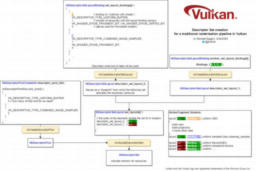
- list of games studios and which custom engines they are using
- broken down into AAA, middle, small and solo developers
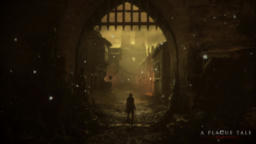
- the thread provides an overview of what are use cases for quaternions
- focusing on how to use them instead of the mathematics
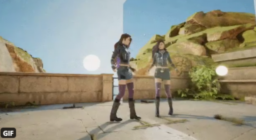
- the article explains problems with alpha testing materials and why they tend to shrink in the distance
- presents a technique to reduce these artifacts and compares against other techniques
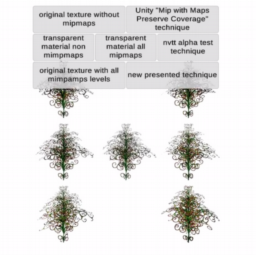
- presents a test setup that explains how to validate ray refraction within a sphere
- shows what values are expected, very useful when implementing your own ray tracer
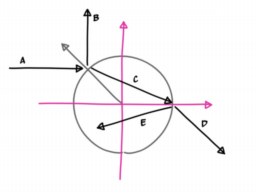
- the article presents how WebGPU compares with WebGL
- compares findings in terms of API design, early performance results, and compatibility
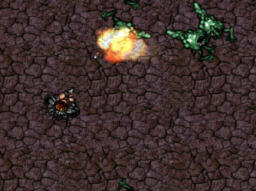
- part of the ray tracing series covering the rendering equation
- breaks down the equations into components and explains the contributions to the final rendering result
- shows how pure path tracing is using the equation and techniques used to reduce the time required for the results to converge to the final result
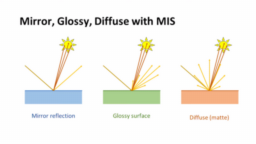
- the Vulkan validation layer now can send printf style information from a shader to the debug callback
- the article explains how to use the layer and what constraints need to be considered

- the Unity video tutorial explains how to implement an effect that converts a 3D mesh into a voxelized version
- achieved by rendering the mesh into an offscreen target and using the texture to drive a geometry shader
- additionally shows how to break this object into a particle effect for destruction
- the article presents how to calculate a blurred version of a rounded rectangle using a distance field based technique
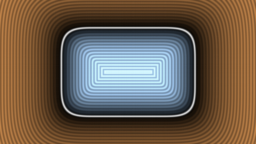
- a long document containing many tips and tricks to optimize UE4 performance
- mostly aimed at materials and VFX related optimizations
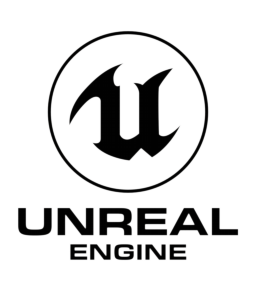
- the last part of a series of UE4 based posts that recreate an environment artists scene
- this part focuses on the recreation of the stylized ocean in the scene
- combines all elements and presents the final result
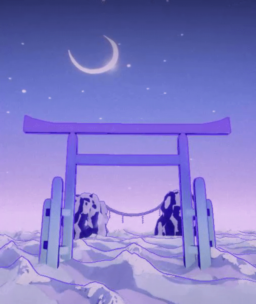
- the guide presents an overview of the structure and content of technical interviews
- presents a framework for mapping rendering engineers in different dimensions
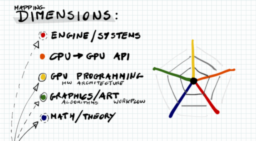
Thanks to Dominik Lazarek for support of this series.
Would you like to see your name here too? Become a Patreon of this series.